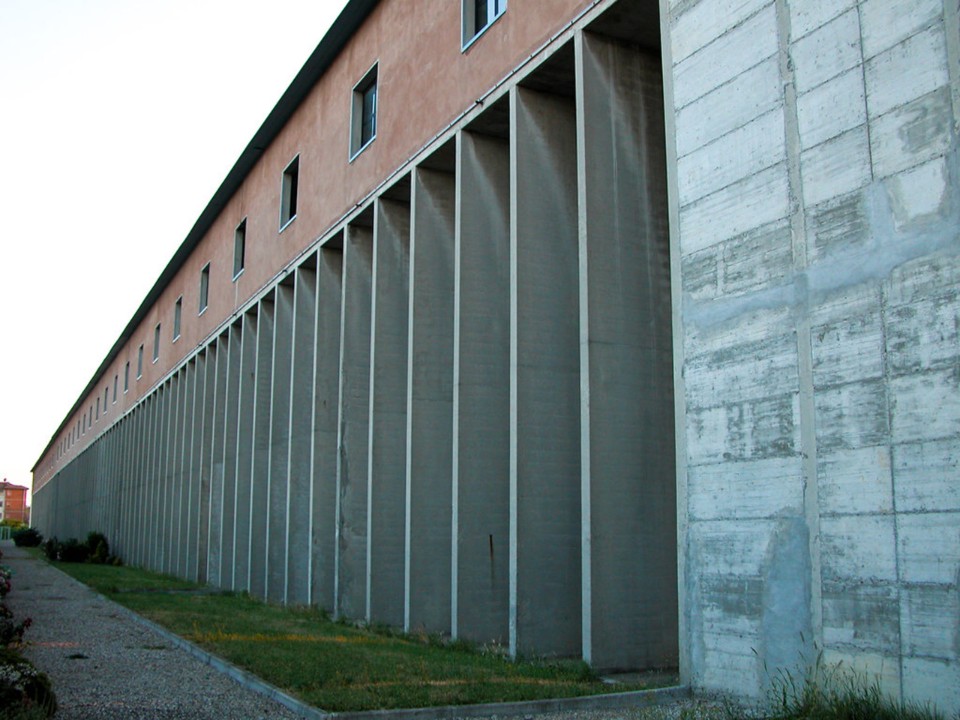Since the dawn of time, the relationship with death has been a theme that crosses various cultures. In Europe, it is since the Edict of Saint Cloud, which ordered burials outside city walls and imposed regulations on them, that the cemetery has become an architectural issue.
Since then, many paths have been taken. There is the cemetery as a “city” which, like Calvino’s “cities and the dead” from The Invisible Cities, that duplicates an urban landscape of streets, houses and squares in the image - or shadow - of the world of the living (Rossi and Braghieri, Chipperfield, CN10 architects, Scarpa). There is the cemetery which subordinates the built work to Nature’s process of regeneration, for which death is not an end but a passage to a new dimension (Asplund and Lewerentz, Celsing).
There are crematorial places that concretise the concept of transformation into dust (KAAN, Ito, Larsen) and memorials where memory transcends the individual boundary to become universal memory (war cemetery). In any case, the common denominator of Foscolian memory remains, according to which, beyond any religious belief, death yields to life only through remembrance.
Because, as the Japanese writer Haruki Murakami points out, “death is not the opposite of life but part of it”.

Inspired by nature
Fast, a company founded in 1995 in Valle Sabbia by the Levrangi family, is specialised in outdoor furniture, representing the best of made-in-Italy quality.





















